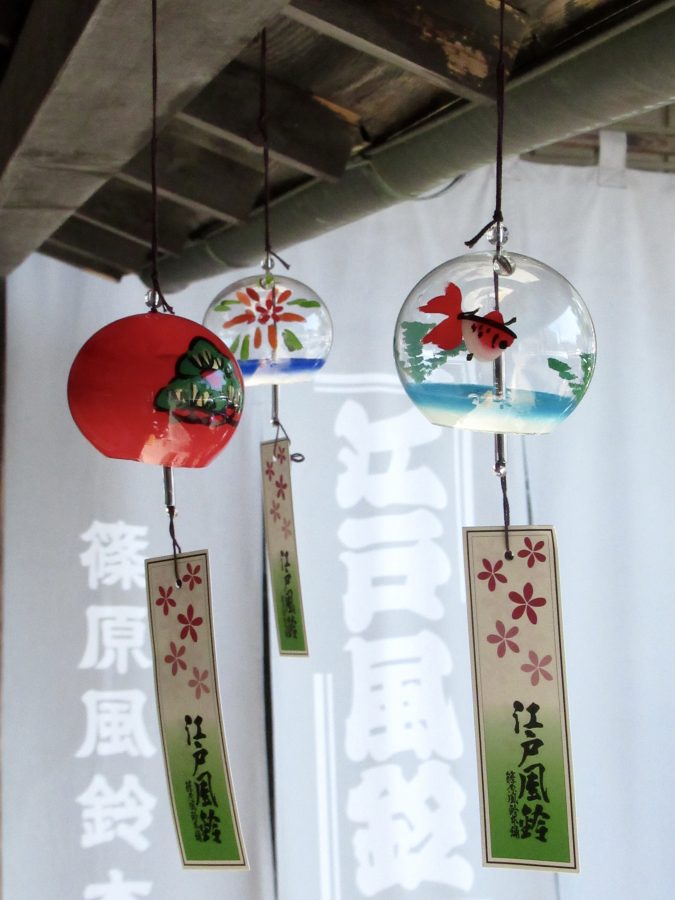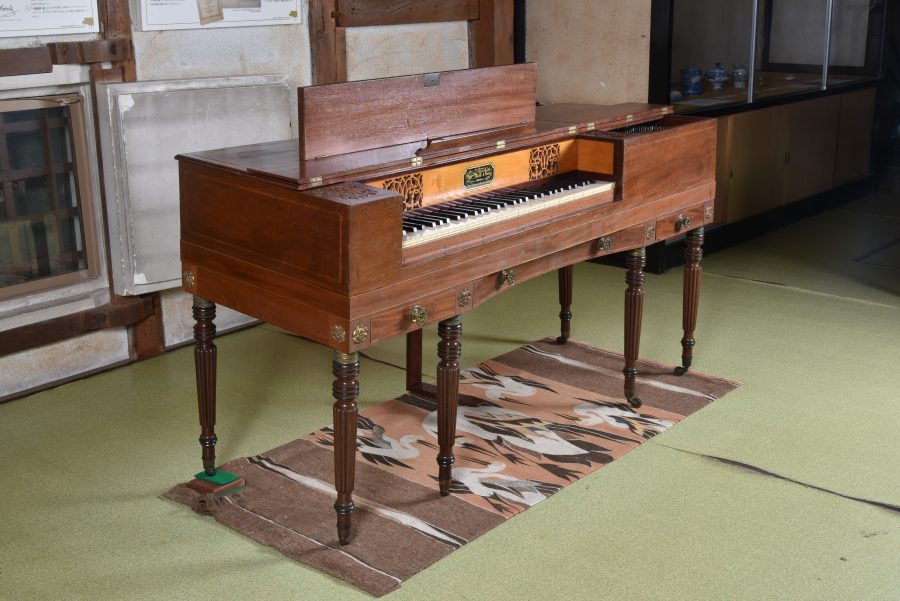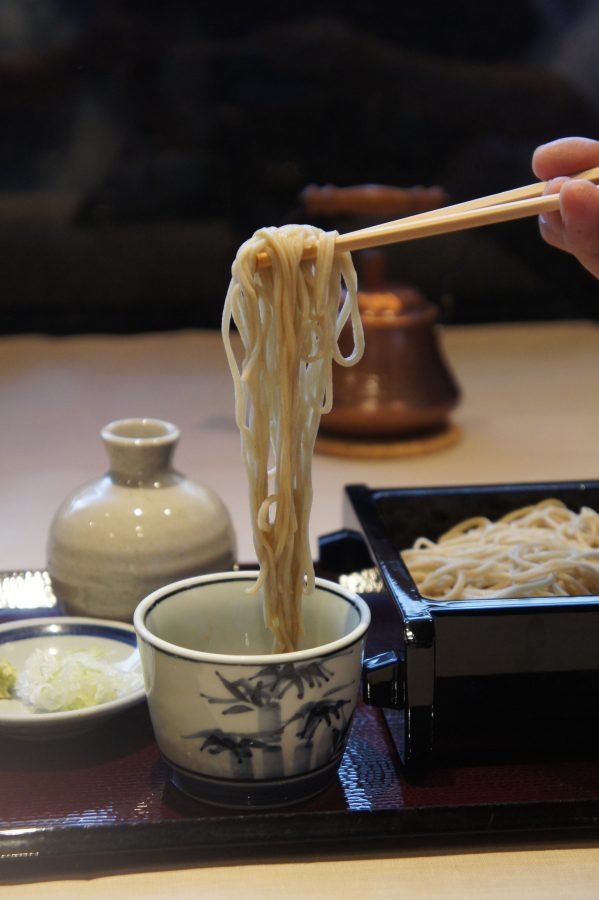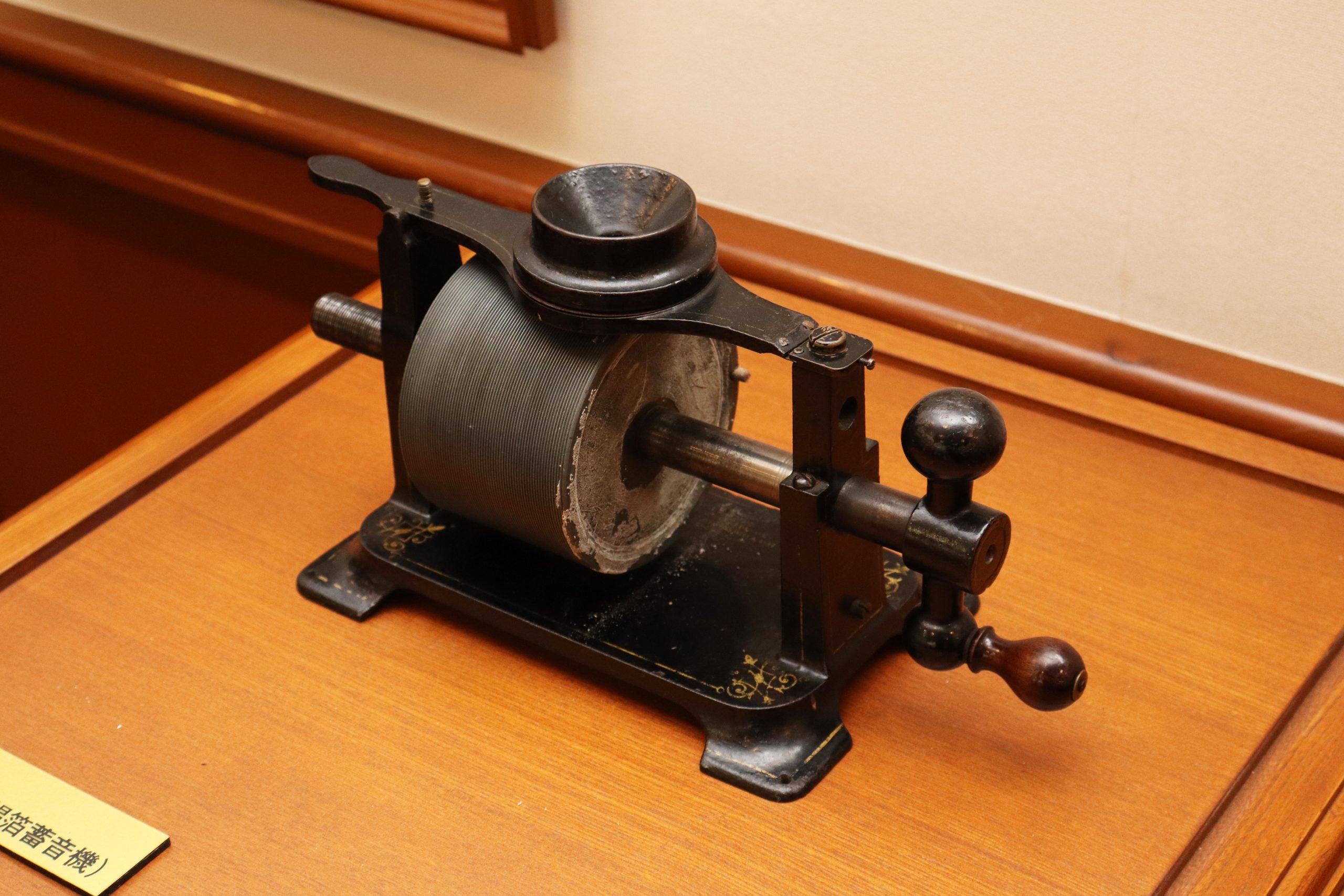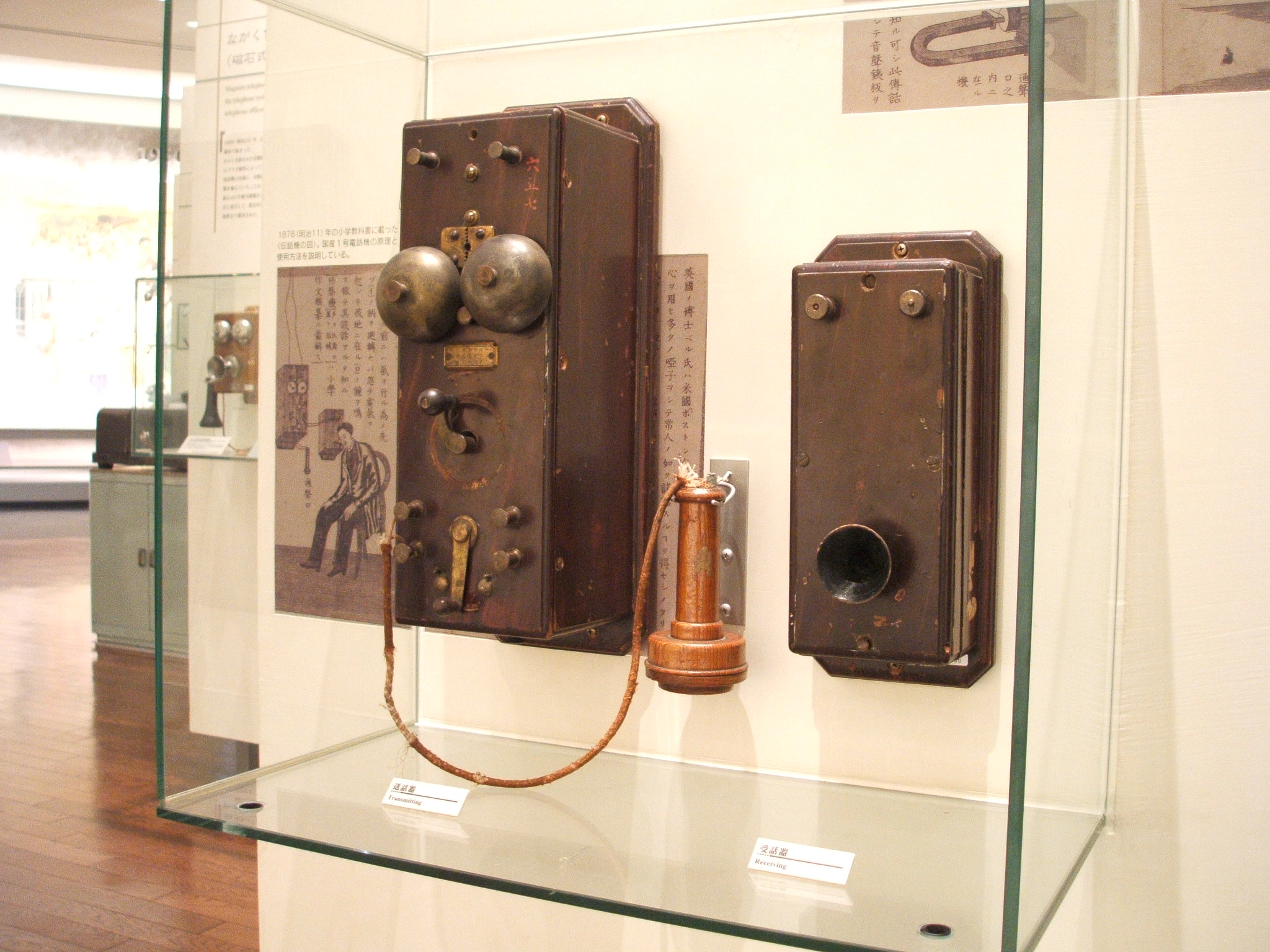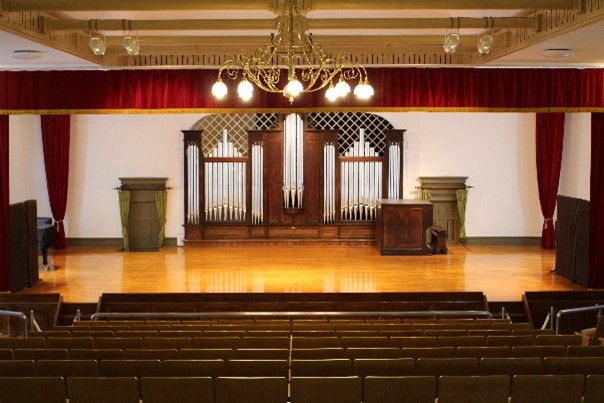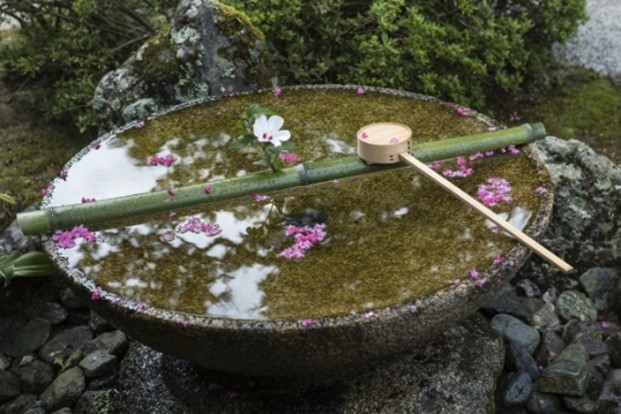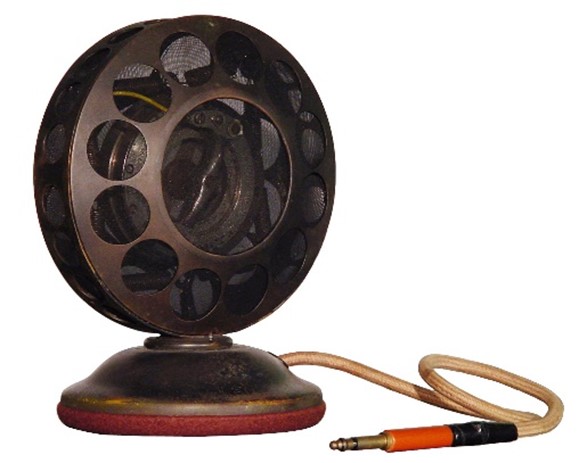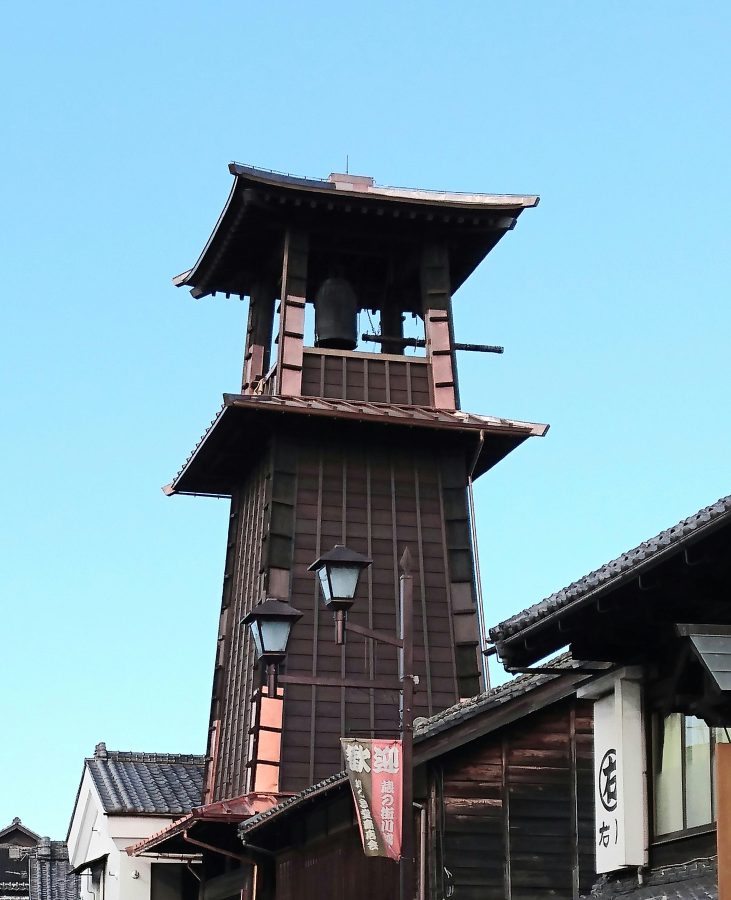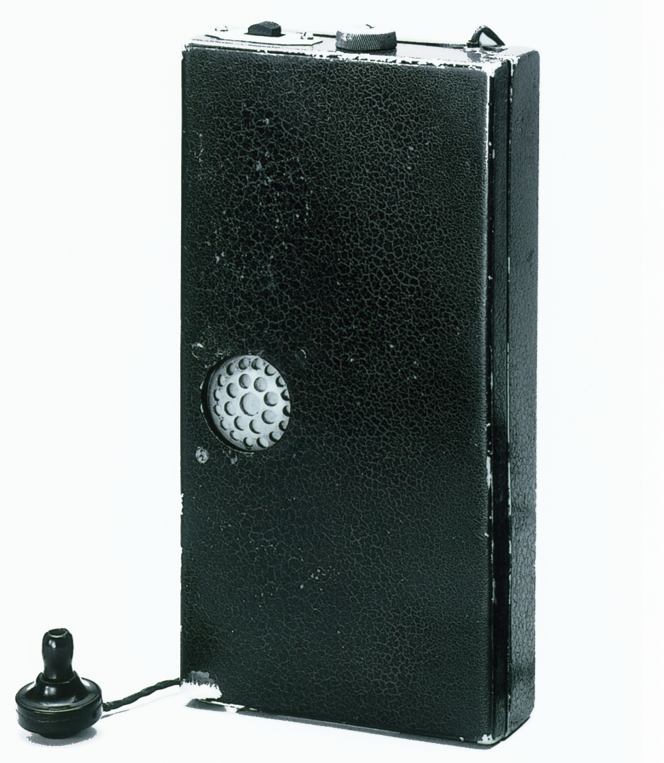Acoustic Heritage
The Acoustical Society of Japan certifies specific phenomena or objects that are accessible or recognizable to the general public and have acoustic characteristics as “acoustic heritage”, aiming to disseminate acoustics and sound-related phenomena to the general public.
Certified Acoustic Heritage
| The 6th Acoustic Heritage (2025) | ||
|---|---|---|
|
Edo Furin (glass wind chimes) (Shinohara Furin Honpo, Shinohara Maruyoshi Fuurin) |
||
| Reason for Selecting |
The bronze wind bell used as tools for divination in ancient China was introduced to Japan, where it was hung from the eaves of temples to ward off evil. When glassware was introduced to Japan during the Edo period, glass wind chimes (Edo Furin) began to be made and the custom of cooling oneself down by the sound they make spread. Edo Furin are the oldest type of wind chimes whose manufacturing process is known. Currently, only two factories follow the manufacturing methods of the Edo period, and pass on the techniques and sounds. The Acoustical Society of Japan recognizes that Edo Furin has high value as Acoustic Heritage due to their historical background and acoustical aspects. |
No Unauthorized Use |
|
The oldest piano in Japan given by Siebold (Kumaya Art Museum) |
||
| Reason for Selecting |
This is the piano that Philipp Franz Balthasar von Siebold (1796-1866) brought to Japan in 1823, when he was a physician in the Dutch military. It is a square piano made by William Rolfe & Sons of London and is the oldest piano in Japan, which was given by Siebold in 1828 when he left Japan, to Kumaya Goemon Yoshikazu, who was a purveyor of the Choshu Domain and acquainted with Siebold for a long time. In 2023, a concert was held at the Kumaya family residence, which is a designated National Important Cultural Property, using this piano during the 200th anniversary year of Siebold’s arrival in Japan. Its restoration was done in 2009 by the Japan Piano Technicians Association and the Ono Piano Workshop. It has been well restored and maintained and is still playable, adding even more historical significance. Because of this historical background and acoustic point of view, the Acoustical Society of Japan recognizes it as an Acoustic Heritage. |
|
|
The Sound of Slurping Noodles: A Culture of Eating by Slurping |
||
| Reason for Selecting |
In Japan, it is generally deemed proper etiquette to abstain from making any noise while dining. However, when it comes to noodles, particularly Japanese soba, it is commonplace to consume them with a slurping sound. While foreigners may find it somewhat disconcerting to consume food noisily, cuisine, including the manner in which it is consumed, forms an integral part of a country’s culture, and the preservation of such traditions is of significant importance. As a culture where food and sound are intertwined, this sound is hereby recognized as an Acoustic Heritage by the Acoustical Society of Japan. |
No Unauthorized Use |
| The 5th Acoustic Heritage (2024) | ||
|---|---|---|
|
Edison Tinfoil |
First Japanese-made telephone set |
|
|
No Unauthorized Use |
No Unauthorized Use |
|
|
Rayleigh disk and quartz fiber |
||
|
No Unauthorized Use |
||
| The 4th Acoustic Heritage (2023) | ||
|---|---|---|
|
Sogakudo of the Former Tokyo Music School |
Suikinkutsu(Zuiganzan Enkouji Temple) |
|
|
No Unauthorized Use |
|
|
| Double Button Microphone (NHK Museum of Broadcasting) |
||
|
No Unauthorized Use |
|
|
| The 3rd Acoustic Heritage (2022) | ||
|---|---|---|
| Toki-no-kane (Time Bell Tower) (Kawagoe City, Saitama Prefecture) |
The first hearing instrument to be mass produced in Japan (Owned by Rion Co. Ltd) |
|
|
No Unauthorized Use |
No Unauthorized Use |
|
| The 2nd Acoustic Heritage (2021) [Sorry, in Japanese only] | ||
|---|---|---|
| The 1st Acoustic Heritage (2019) [Sorry, in Japanese only] |
